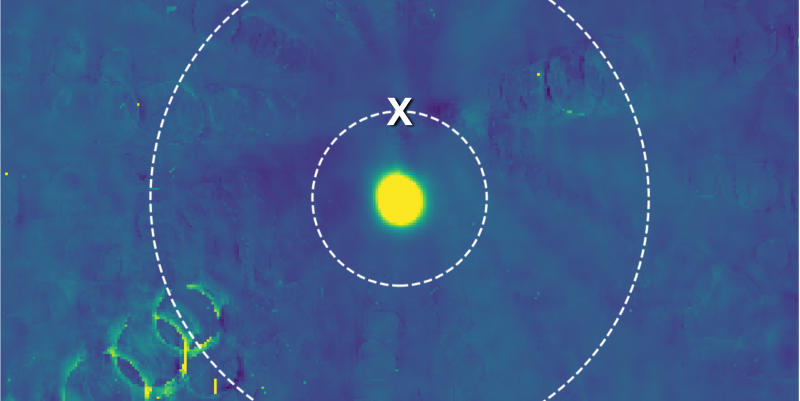New Horizons Will Spend New Years Exploring Ultima Thule, a Billion Miles Past Pluto

At the furthest reaches of the solar system, 2019 will start off with exploration. NASA has given the final green light to its New Horizons spacecraft for a January 1st flyby of Ultima Thule, an object in the Kuiper Belt around a billion miles beyond Pluto. It will be the most distant planetary flyby in human history.
On target! Mission Operations at @JHUAPL confirms a successful course-correction maneuver today, keeping #NewHorizons on track for its Jan. 1 Kuiper Belt flyby of Ultima Thule. Details to come. pic.twitter.com/3yZYzh9gk4
- NASA New Horizons (@NASANewHorizons) December 2, 2018
Before giving the okay, NASA wanted to make sure that it wasn't passing up any other opportunities for either study or disaster in the area-rings, small moons, and anything else that a probe like New Horizons might want to observe. Pushing through the vast expanse of space at 31,500 MPH (50,700 KMH), even the tiniest unexpected ice or dust particle could render the piano-sized craft inoperable.
Using New Horizon's Long Range Reconnaissance Imager (LORRI), NASA has been scanning space for any possible hazards, combining hundreds of LORRI images resulted in the target shot seen above. There were back up plans for a more distant flyby, but everything is showing up crystal clear.
With the green light, NASA will send New Horizons on a course 2,200 miles (3,500 kilometers) from Ultima Thule, also known by its less catchy scientific name 2014 MU69. It will keep monitoring the skies for the unexpected like rings much closer to Ultima, but those likely would not cause any problems on a flyby.
"Our team feels like we have been riding along with the spacecraft, as if we were mariners perched on the crow's nest of a ship, looking out for dangers ahead," says hazards team lead Mark Showalter of the SETI Institute in a press statement. "The team was in complete consensus that the spacecraft should remain on the closer trajectory, and mission leadership adopted our recommendation."
"The spacecraft is now targeted for the optimal flyby, over three times closer than we flew to Pluto," added Stern. "Ultima, here we come!"
Shortly after the ball drops, at 12:33 a.m. EST, the the first ever flyby of a Kuiper Belt object will begin.
Source: Johns Hopkins
('You Might Also Like',)

